- 8:00 AM – 04.00 PM, Monday – Saturday
- [email protected]
- (951) 421-1493
- 8:00 AM – 6:00 PM, Monday – SUNDAY
- [email protected]
- (951) 421-1493
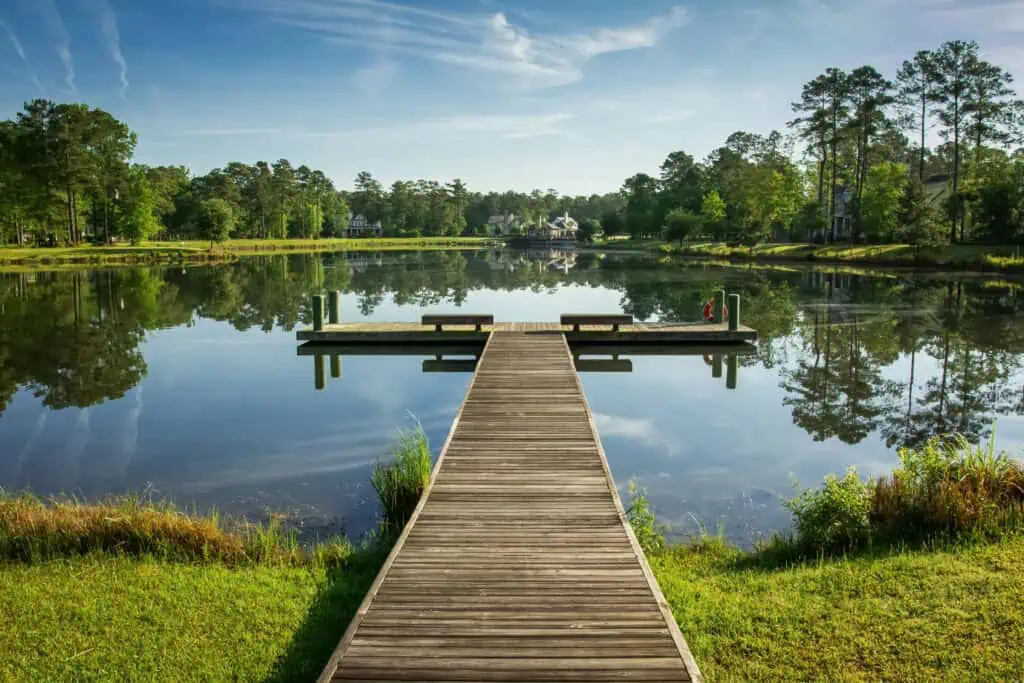
Ever wondered whether that peaceful body of water is a lake or a pond? You’re not alone—many people use the terms interchangeably. However, lakes and ponds each have their own distinct traits and ecological roles.
The main differences usually come down to size, depth, water sources, and the unique ecosystems they support. Let’s explore the key distinctions between lakes vs ponds to better understand how they function.
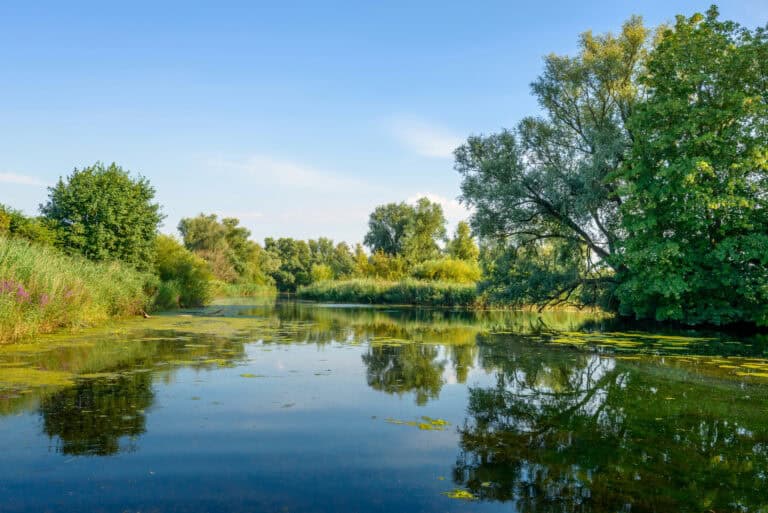
The words “lake” and “pond” come from Old and Middle English, reflecting early distinctions in size and use. Historically, lakes were viewed as expansive, deeper waters, while ponds served more localized needs.
Over time, cultural and regional differences shaped how people described these water bodies. Linguistically, “lake” often conveys depth and expansiveness, while “pond” implies a shallower, more contained area.
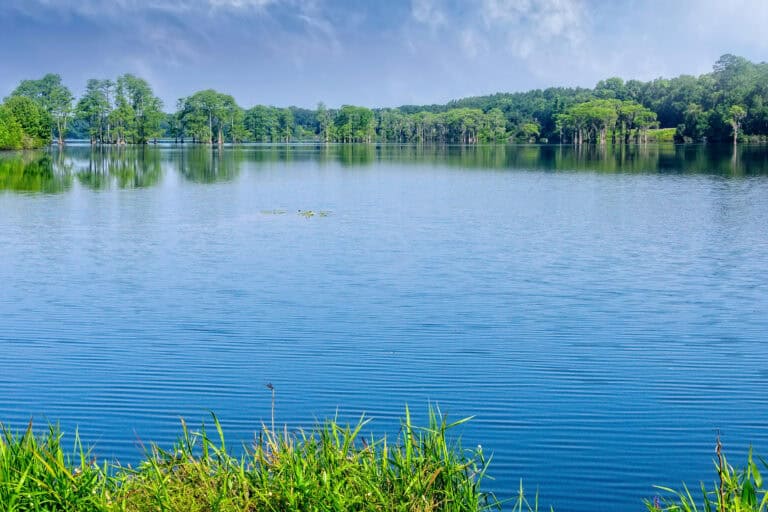
Legal definitions of lakes vs ponds often depend on criteria such as size, depth, and ecological features. These definitions can vary widely by jurisdiction and influence water rights, property ownership, and environmental regulations.
For example, some regions classify a water body as a pond if it is under a specific acreage or depth, while others consider ecological factors like the presence of aquatic vegetation or fish species.
Click the below button to give us a call.
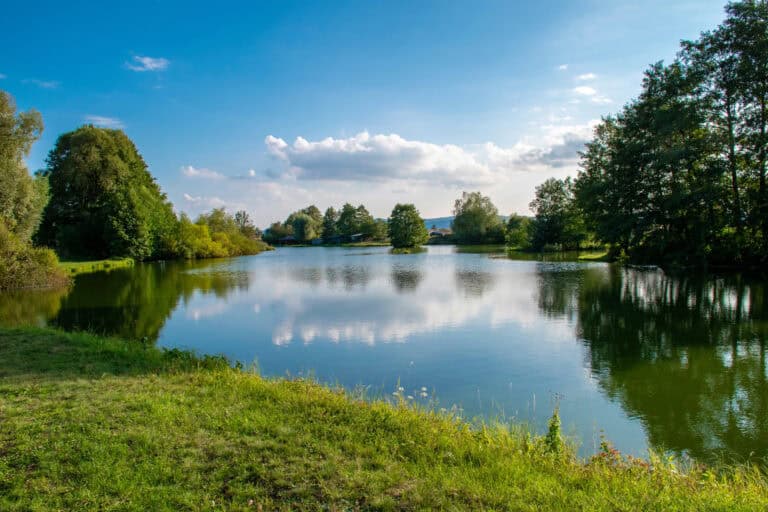
When comparing a lake vs a pond, the main distinguishing factors are size and depth. Lakes are generally larger and deeper, supporting a wider range of recreational activities such as boating, fishing, and swimming.
Ponds, by contrast, tend to be smaller and shallower, often used for casual recreation, landscaping, or wildlife habitats. Understanding these differences is essential for appreciating their unique ecological and recreational roles.
By researching a comprehensive list of frequently asked questions on the topic of “pond-less waterfalls,” it can help…
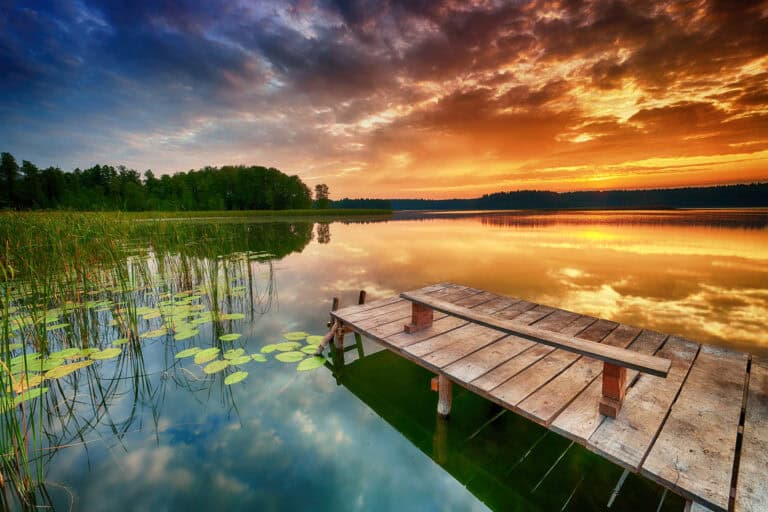
Lakes and ponds differ mainly by their area, depth, and temperature dynamics – all of these factors impact your budget too. Lakes usually span larger areas and reach greater depths, which support a broader range of habitats and species. In contrast, ponds remain smaller and shallower, often allowing sunlight to penetrate fully to the bottom, encouraging dense plant growth.
Here are three key differences:
Understanding the size disparity between lakes and ponds helps explain their different ecological roles.
Lakes are typically larger and deeper, supporting diverse aquatic habitats and recreational uses like boating and fishing. Ponds, while smaller, sustain unique ecosystems in shallow waters where sunlight penetration promotes water clarity and plant growth.
Common Myth: Not every body of water is a lake. Ponds are defined by their smaller size and shallow depth, setting them apart clearly.
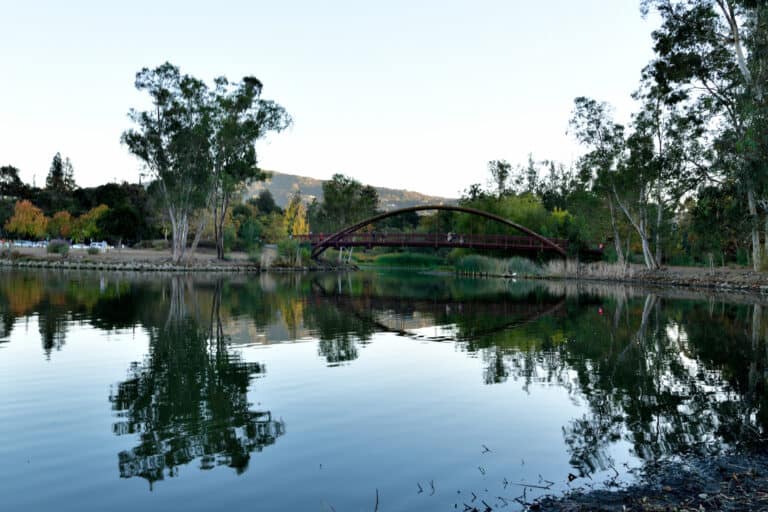
Water source and flow are critical in distinguishing lakes vs ponds.
Understanding these origins helps explain why lake and pond ecosystems differ so significantly.
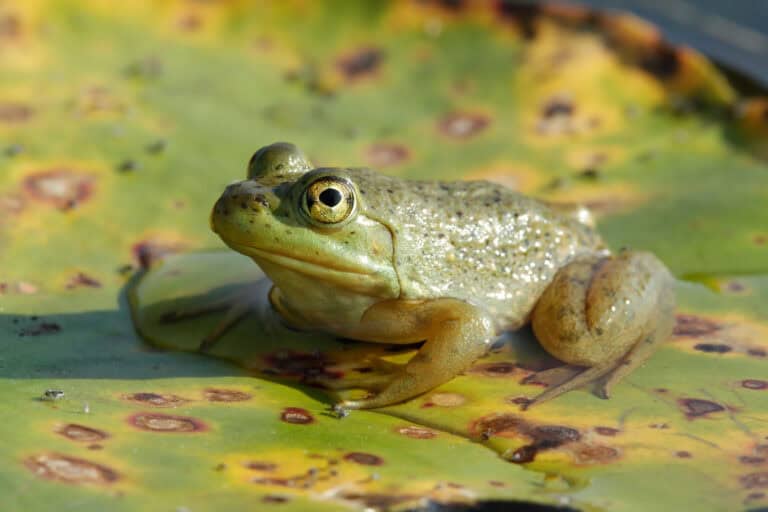
Both lakes and ponds support diverse ecosystems, but the types of species vary with size and depth.
Examples of common plant and animal life include:
What Is Pond Algae, And Is It Bad For My Pond? Algae is a term used for a…
Yes, a pond can gradually enlarge and deepen, eventually becoming more lake-like, but this requires significant changes in geological conditions, water inflow, and long-term ecosystem development.
While size and depth are reliable indicators, there are exceptions. Some smaller water bodies are still classified as lakes because of their unique ecology, historical naming traditions, or regional regulations.
Human activities – including dam construction, water diversion, pollution, and urban land-use changes – can dramatically alter lakes and ponds. These impacts may change water depth, quality, and biodiversity, sometimes blurring the line between what is classified as a lake or pond.
Yes, saltwater lakes and ponds support specialized ecosystems adapted to high salinity. For example, mangroves thrive in coastal lagoons, while brine shrimp and salt-tolerant algae dominate inland salt lakes. These ecosystems are less common but play a vital role in global biodiversity – learn more.
Yes, certain water bodies, such as oxbow lakes, reservoirs, and man-made retention ponds, can function as hybrid ecosystems. These transitional environments often combine the depth and scale of lakes with the shallow plant-rich zones of ponds, supporting a highly diverse mix of aquatic species.
Call now to speak with one of our aquatic specialists.

Hi, I'm Warren Glenn, an environmental specialist with a passion to water quality management and pond maintenance. I love sharing tips and insights to help you keep your aquatic ecosystems healthy and thriving.
Join our mailing list and receive special offers, updates, and discounted packages directly to your email.
By clicking “Submit”, you are signing up to receiving emails from us. You can unsubscribe whenever you like. SMS rates may apply.
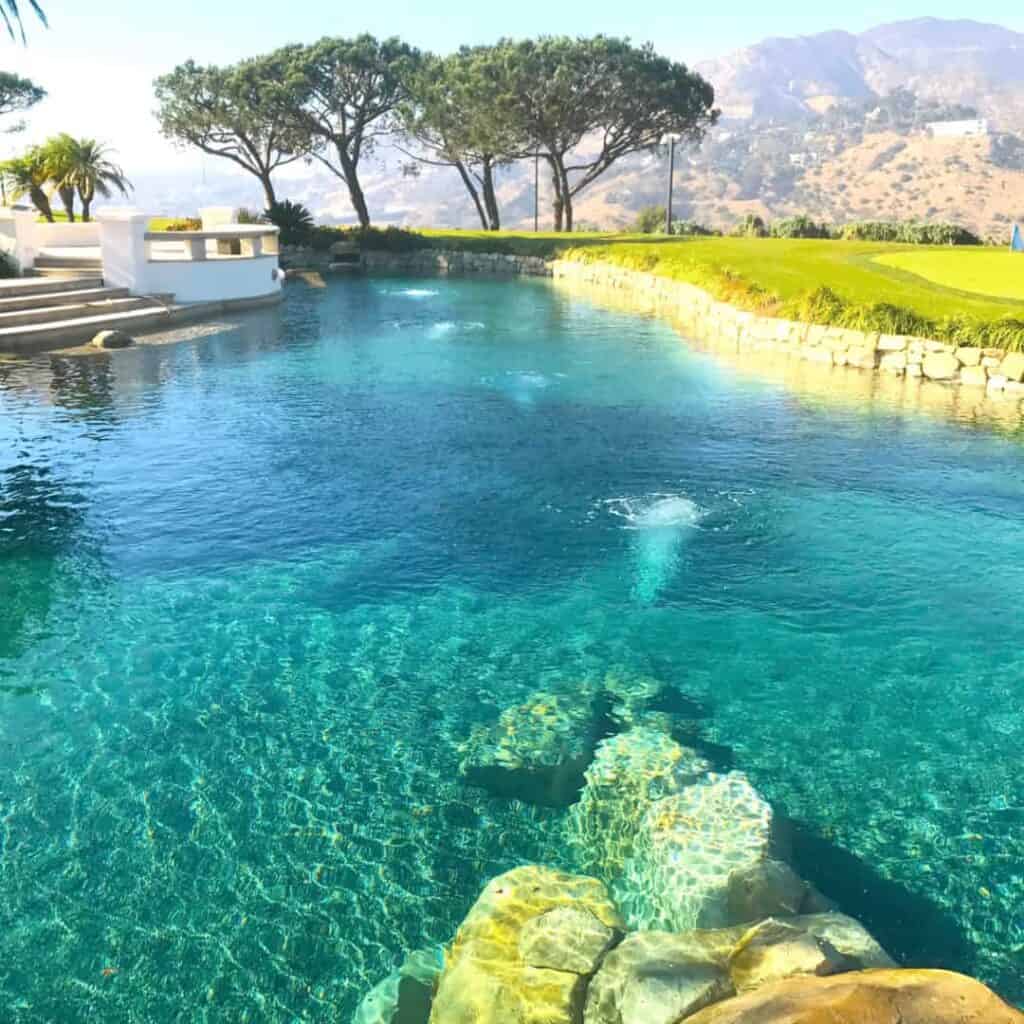
Got Questions? Reel us in!
By clicking “Submit”, you are signing up to receiving emails, and text messages from us. You can unsubscribe whenever you like. Cell phone rates may apply.

Join our mailing list and receive special offers and important information regarding the water feature industry, directly to your email.
By clicking “Submit”, you are signing up to receiving emails, and text messages from us. You can unsubscribe whenever you like. Cell phone rates may apply.